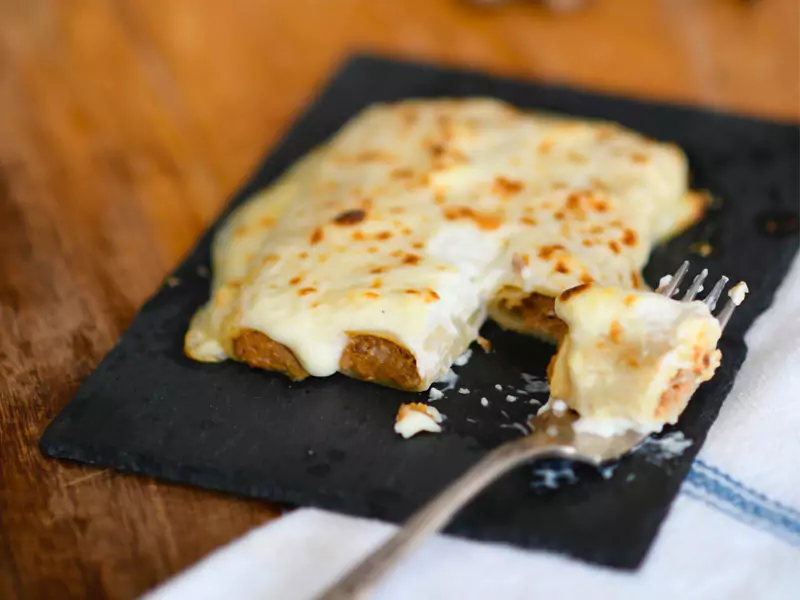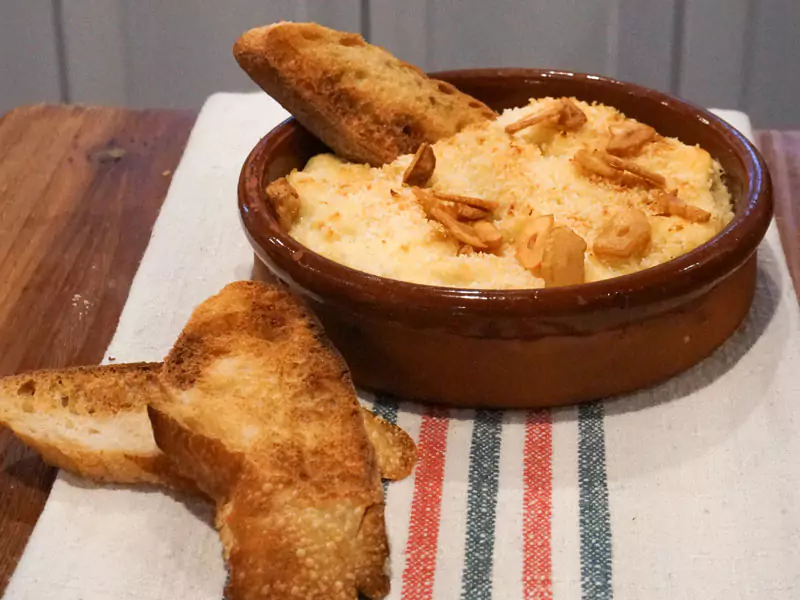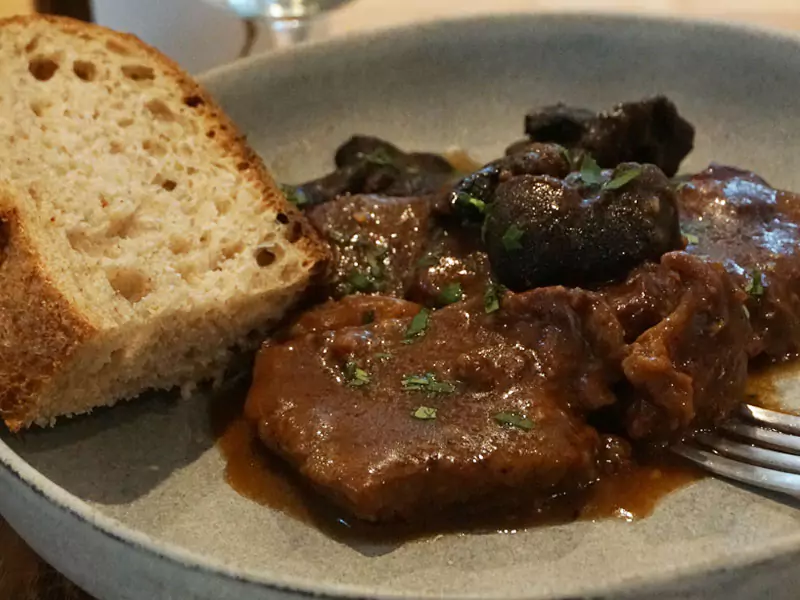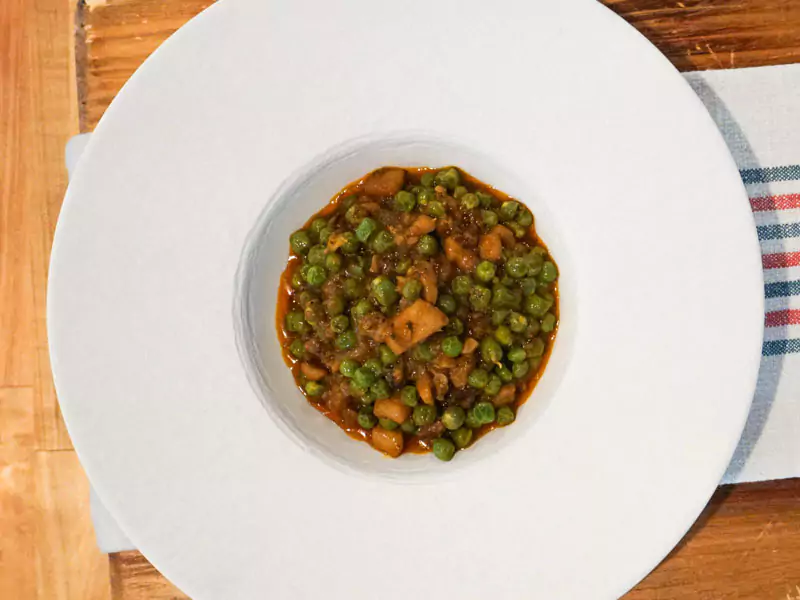Roasted meat – filled pasta rolls
In Catalonia, cannelloni are synonymous with celebration, dinner parties, and family reunions. Catalan grandmothers make the best canelons, passing down their recipes from generation to generation. A mother can only hope her daughter will keep the tradition alive and prepare them just as well. It’s quite a tall order!
ORIGINS
While its roots are undeniably Italian, the caneló is now a Catalan mainstay. The dish graces tables across Catalonia every Sant Esteve, which is celebrated the day after Christmas. The caneló arrived with the Italian chefs who lived in Barcelona over the second half of the eighteenth century, but the Italian recipe took on a Catalan flare to win over local palettes, ultimately yielding the canelons we know today.
In 1911, hand-in-hand with the El Pavo company, which introduced dry pasta to Catalonia, the caneló took flight. Now canelons can be found all over the country, as the availability of dry pasta made its preparation far easier.
TRADITIONS
While there are several theories about how the caneló became the quintessential Sant Esteve dish, we do know that the tradition has persisted to date. Before canelons became a holiday centerpiece, people would eat arròs de la Catedral made with leftover Christmas chicken and vegetables. Once the caneló took the place of Catedral rice, a new tradition ensued, with families gathering the morning after Christmas to prepare them. Together, families would carve the leftover meat from the Christmas roast or carn d’olla, spread out the boiled pasta over a linen or cotton sheet, and wrap the meat in the pasta. Though most families now make their stuffing from a roasted meat recipe, some have kept alive the tradition of using up the leftover meat from Christmas dinner.



